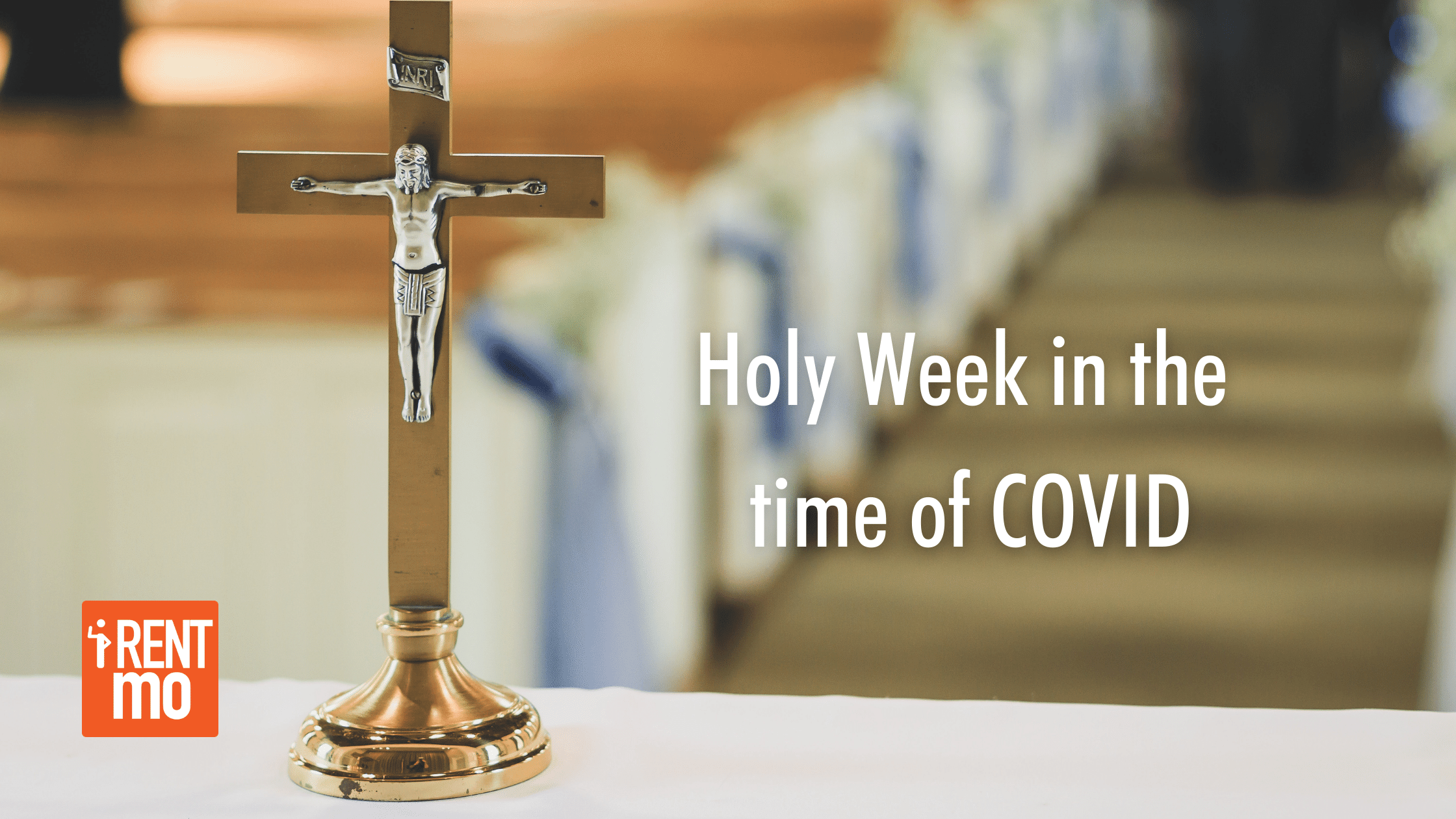By: Chesca Rama
“The week that changed the world continues to change our lives.”
Holy Week. It is a time wherein Catholic Filipinos remember and celebrate Jesus’ life, death, and resurrection.
What is Holy Week?
It is celebrated on the last week of Lent and it begins on Palm Sunday.
Lent is a 40-day period wherein Catholic Filipinos reflect on their faith, remember the life of Jesus, and prepare for His resurrection. It is a time wherein for 40 days, they get to sacrifice in their own little way just as how Christ has sacrificed for them. This is a significant period for Catholic Filipinos because they get to express their faith by offering it up to Him.
For two years now, Holy Week has been celebrated in quarantine. Because of this, many Catholic Filipinos have expressed that they are quite sad because there are some Holy Week traditions that they do not get to do because they are restricted from gathering outside with other devoted Catholics. Nevertheless, pandemic or not, Holy Week is still a time to celebrate and be joyous. It is the time to reflect and give back to Christ.
What Filipinos did before COVID
Before the pandemic, here are some traditions that Catholic Filipinos would typically do during Holy Week:
1. Palm Sunday
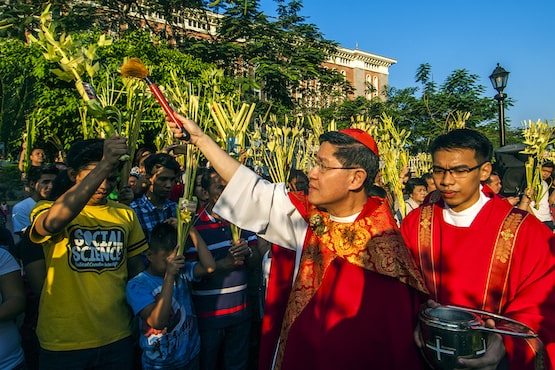
Palm Sunday is the first day of Holy Week and the last Sunday of Lent. In the Philippines, Catholic Filipinos would go to Church for Sunday mass bringing with them their woven palm leaves or “palaspas.” After the priest reads about the passion, the mass goers would raise and wave their woven palm leaves as the priest goes around blessing these with Holy Water by sprinkling on them.
This tradition is supposed to be a reenactment of Jesus’ entrance into Jerusalem. He entered Jerusalem with full knowledge that He would be sacrificed for the sake of the sins of mankind. At that time, the people greeted him with much joy as they raised their palms with enthusiasm.
2. Fasting and Abstinence
This is the act of restricting from indulgent food or drink and the avoidance of eating meat. Fasting and abstinence happens on Ash Wednesday, Good Friday, and all Fridays of Lent. It is a way to spiritually cleanse the self and focus on higher things. This is also one of the ways in which Catholic Filipinos get to offer up their sacrifices to Christ just as He did for them.
3. Seven Churches or “Visita Iglesia”
On Holy Thursday or Good Friday, Catholic Filipinos visit seven different churches of their choice.
The number 7 is significant to the 7 last words of Jesus before he died on the cross which was:
“Father, forgive them, for they know not what they do.” – Luke 23:34
This tradition is rooted in the 16th century by St. Philip Neri. At these churches, Catholic Filipinos would say their own prayer as they stay for a while at these churches. There are no strict rules as to what prayer you have to say. However, it is believed that at the end of the 7 churches, your prayer intentions will come true.
4. Lenten Festivals
Being one of the most devoted Catholic countries in Asia, the Philippines has creative ways of expressing their Catholic faith. One tradition that is unique is the festivals during Lent.
There are several examples of these Lenten festivals, however, one of the most popular ones would be the Moriones Festival. The Moriones Festival is a week-long festival that starts on Holy Monday and ends of Easter Sunday. This is when the people are dressed in colorful garments, masks, and helmets to replicate Roman soldiers from the Bible.
Holy Week in the time of COVID and How Filipinos celebrated it?
Because of the pandemic, there are Lenten traditions that had to be placed on hold because gatherings with other people are restricted. However, devoted Catholics have still found a way to alternatively celebrate their Lenten season in the safety of their own homes.
1. Zoom for the Stations of the Cross
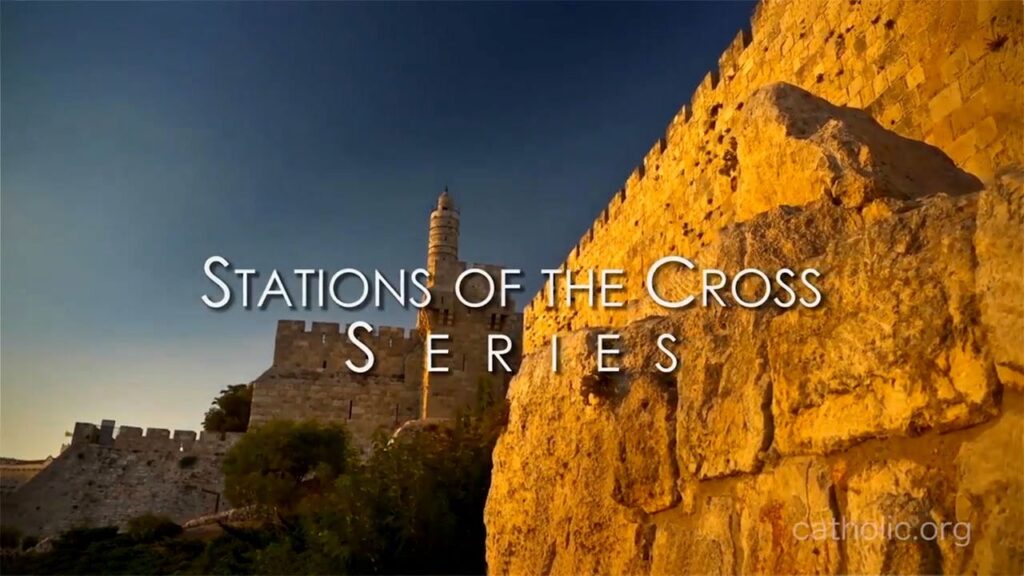
The Stations of the Cross is a 14-step devotion of Jesus’ last day on earth as a man. Each station focuses on specific events of His last day. It starts with his condemnation and ends with Jesus being placed in the sepulchre.
Typically, the Stations of the Cross is at held church where there is a set-up of icons or images to represent the 14 stations. As an individual goes through each station, they recite specific prayers and reflect on Jesus’ past events and then move on to the next station until all 14 stations are complete.
This year, instead of going to church to go through the stations of the cross, there were churches that hosted online zoom rooms instead. Here, Filipino Catholics would gather online as one as they go through each station together. In alternative to this, some families have also opted to watch YouTube videos that took them through the different stations as well.
2. Good Friday Livestreams
In addition to the zoom meetings, there were also livestreams of the mass on Good Friday. This way, despite not being able to go to physical church, Catholic Filipinos still get to celebrate with other Catholic Filipinos in real time.
3. Online Recollections
In line with all the online activities, there were also recollections that were held online. At these recollections, there were usually speakers who talked about the Passion of Christ and with this, helped Catholic Filipinos reflect and ignite in their faith.
4. Easter at Home
For a kid, one of the most exciting activities for them during Easter is the Easter egg hunt. Since this year, they cannot go outside to egg-hunt with other kids, there are families who created their own alternative for this at home.
In addition to the at-home egg-hunt, there were also other activities that families have done at the safety of their own homes. There are families who baked, decorated Easter eggs, created Easter wreaths, and many more. These were some good alternative for kids to still feel and enjoy the Easter spirit.
5. Socially Distanced Festivals
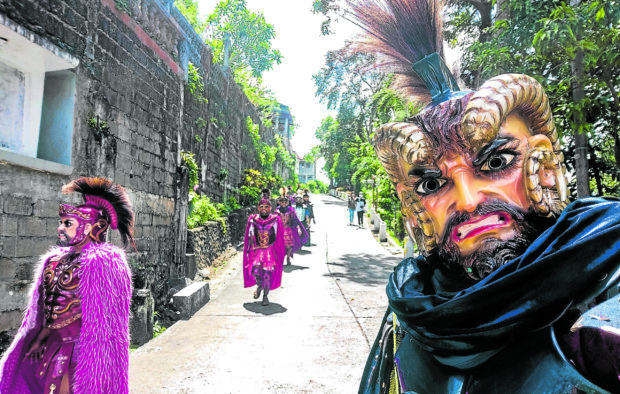
Despite the pandemic, there were still some Catholic Filipinos who continued on with their Lenten festivals, however, done in a socially distanced manner. An example of this is Mariones festival that was lowkey held in Marinduque.
To prevent the spread of the virus, the local government unit limited the number of people participating in this event and the adherence of following safety protocols.
6. Spiritual Nourishment for the Homeless
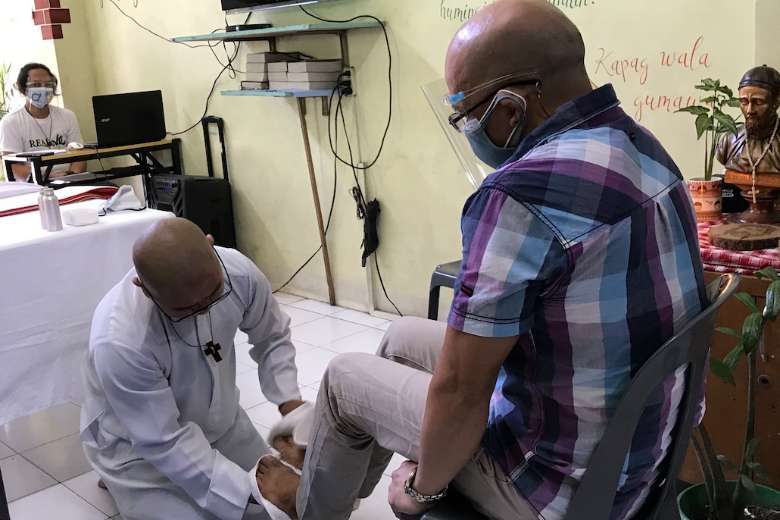
On Maundy Thursday, Fr. Flavie Villanueva is seen washing and kissing the feet (with a face mask on) of the homeless people at St. Arnold Janessen Kalinga Center.
In Father Villanueva’s Homily, he explains why he has done this and says:
“Today, we are reminded that Christ humbled himself to redeem mankind from sin. He did not only come for the righteous but for the most sinful among men. His message was a message of hope. Everyone could change — from being fed to someone who feeds.”
At St. Arnold Janessen Kalinga Center is a center that accepts street dwellers who would like to be guided and trained into doing basic livelihood courses. Father Villanueva emphasizes the importance of servant leadership through his actions.
Conclusion
For two years now, Holy Week, and Lent overall, has been spent differently. Different in the sense that the people were unable to physically go out and celebrate with other devotees. However, faith has no restrcitions. In our own way, we can still keep the spirit alive by finding alternatives to celebrate our faith.
Sources:
Catholic Online. “Stations of the Cross – Prayers.” Catholic Online, www.catholic.org/prayers/station.php.
Fairchild, Mary. “What Actually Happened on the First Palm Sunday in Jerusalem?” Learn Religions, www.learnreligions.com/what-is-palm-sunday-700775.
FaithGateway. “7 Last Sayings of Jesus on the Cross.” FaithGateway, 1 Apr. 2021, www.faithgateway.com/7-last-sayings-jesus-cross/#.YGyLXhMzau4.
Fortunado, By: Arnulfo Valderama, et al. “Visita Iglesia: Filipino Catholics Vow to Visit Seven Churches during Holy Week.” Catholics & Cultures, 9 Jan. 2020, www.catholicsandcultures.org/philippines-catholics-vow-visit-seven-churches-during-holy-week.
“Here Are the Most Common Holy Week Traditions in the Philippines.” InqPOP!, 18 Apr. 2019, pop.inquirer.net/73222/here-are-the-most-common-holy-week-traditions-in-the-philippines.
“Lenten Season Festivities in the Philippines: A Showcase of Filipino Customs, Traditions, and Artistry.” BeMyGuest, bemyguest.com.sg/p/lenten-season-festivities-in-the-philippines-a-showcase-of-filipino-customs-traditions-and-artistry.
“Philippine Priest Washes Feet of Manila Street Dwellers – UCA News.” Ucanews.com, www.ucanews.com/news/philippine-priest-washes-feet-of-manila-street-dwellers/91972#.

